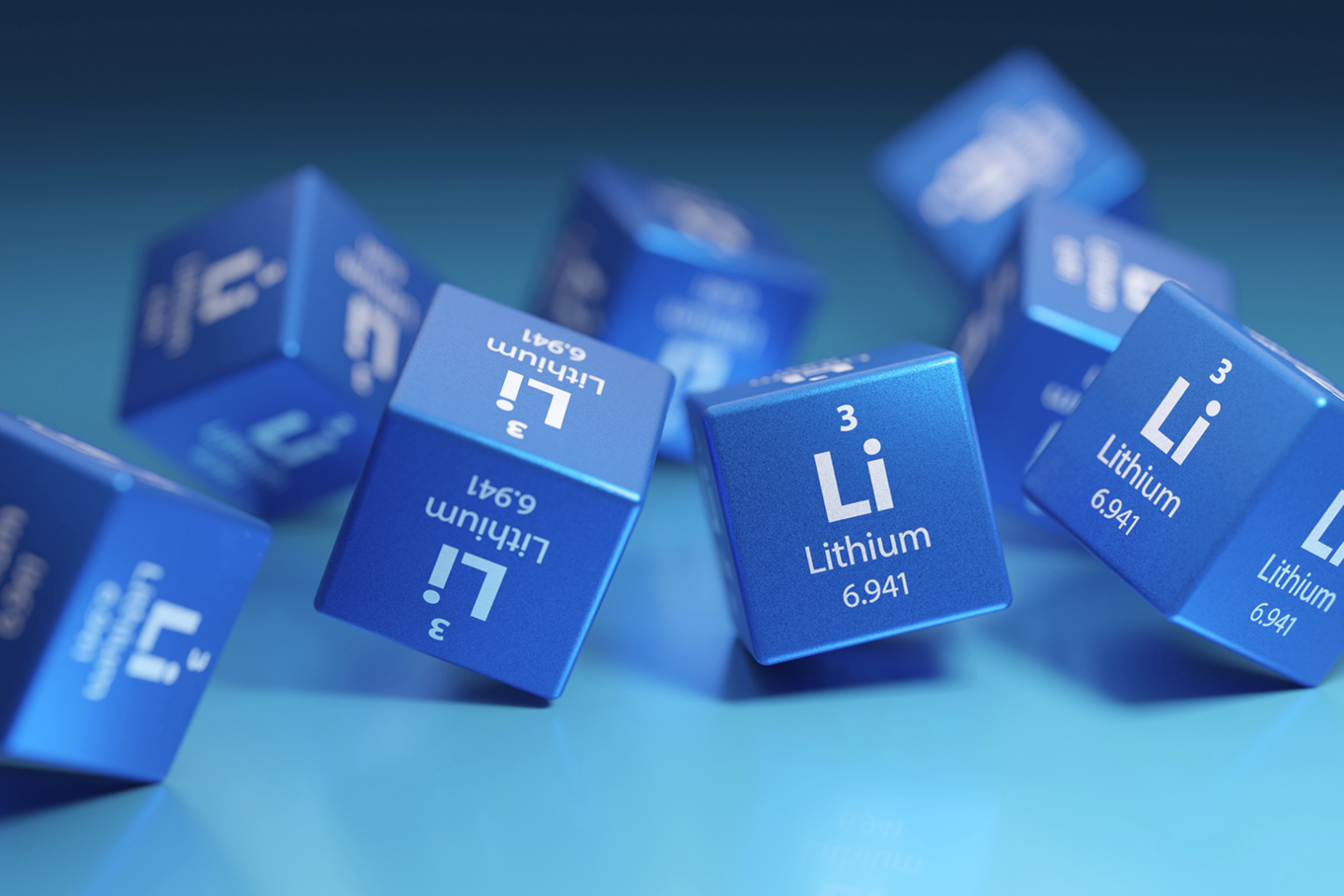Aruma Resources’ latest foray with the drill bit at its Mt Deans project in WA’s Goldfields has come up trumps after latching onto more high-grade lithium and rubidium within lepidolite-rich pegmatite veins. Assay results from the first two holes in the 21-hole program returned 7m at 2.03 per cent combined lithium-oxide and rubidium-oxide.

Aruma Resources’ latest foray with the drill bit at its Mt Deans in WA’s eastern Goldfields has come up trumps latching onto more high-grade lithium and rubidium within lepidolite-rich pegmatite veins.
Assay results from the first two holes in the 21-hole reverse circulation program returned 7m at 1.23 per cent lithium and 0.8 per cent rubidium from 26m that was hosted within a lepidolite-rich pegmatite.
Other notable intercepts include 9m grading at 0.27 per cent lithium and 0.96 per cent rubidium from 32m with an additional 5m returning 0.28 per cent lithium and 0.77 per cent rubidium.
Interestingly, the more rubidium-rich intercepts in the latter hole were hosted within a broader 32m alteration halo that returned anomalous grades averaging 0.82 per cent combined lithium and rubidium. The alteration halo, defined by mica-rich minerals, forms at the contact of the intrusive pegmatites and extends into the mafic country rocks.
Whilst the high grade lithium and rubidium pegmatite swarm is the primary target, a thick rubidium-rich alteration halo could provide a sweetener in any multi-commodity play.
Rubidium, one of the lesser known but more abundant elements, finds many applications in electronics, telecommunications, solar technology and biomedicine. It also has the potential to be used in sodium-ion batteries which are a promising alternative to lithium-ion batteries. They are said to charge faster, are more resilient in cold temperatures and can be manufactured at a lower cost due to the abundance of raw mineral materials.
Rubidium carbonate currently sells for over US$1,000 per kg with prices up to five times more for high-purity products. This works out to a mind-blowing figure of over $1 million per tonne.
The company’s 21-hole program intersected the prospective pegmatite swarm over a 1500m strike length where previous drilling returned grades up to 1.14 per cent lithium and 1.05 per cent rubidium. Assays for the remaining 19 holes are still pending.
Aruma’s Mt Dean project lies within a lithium corridor in south-eastern Western Australia that houses ASX-listed Mineral Resources’ Mt Marion lithium mine of 72.9 million tonnes at 1.37 per cent lithium oxide and Liontown Resources’ Buldania resource of 15Mt at 1.0 per cent lithium oxide. The corridor also hosts the privately owned Bald Hill lithium mine of 26.5Mt at 1.0 per cent lithium oxide — held by Alliance Mineral Assets.
Back in August, Trading Economics global macro models and analysts forecast battery-grade lithium carbonate to be trading at just over 504,000 Chinese Yuan, or US$74,000, per tonne within 12 months. Earlier this month, lithium-carbonate hit an all-time high at 597,500 CNY, or US$83,400, casting a shadow on the leading economist’s forecasts.
Whilst leading economists juggle the long-run forecasts of the in-vogue metal, Aruma appears well positioned in a noted lithium corridor with the potential to build a multi-commodity lithium-rubidium resource.
Is your ASX-listed company doing something interesting? Contact: matt.birney@businessnews.com.au
















